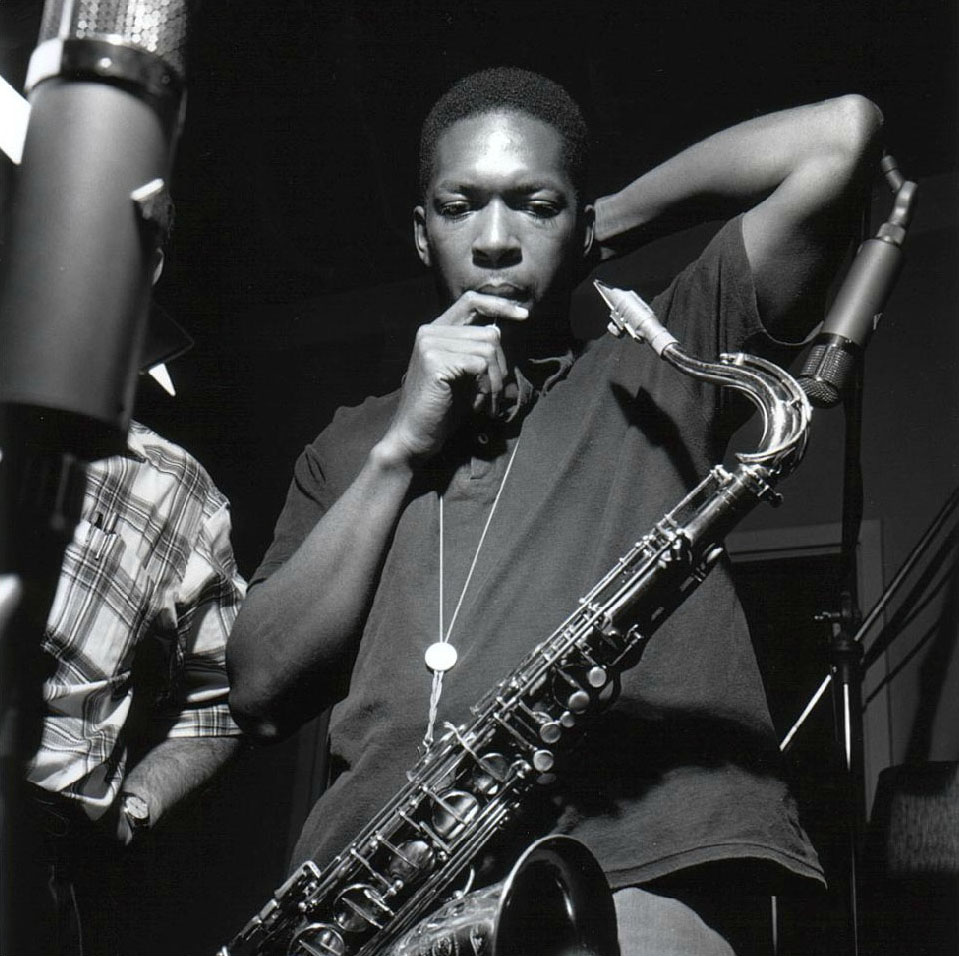Introduction to "A Love Supreme" by John Coltrane
The 1960s song, "A Love Supreme", is a masterful creation by the legendary John Coltrane. This four-part suite is not merely a song but an experience, a spiritual journey that transcends the boundaries of jazz music.
Cultural and Historical Context of "A Love Supreme"
Released in 1965, this piece is a reflection of the socio-cultural upheavals of the 1960s. "A Love Supreme" embodies Coltrane's spiritual awakening and his transition from personal struggle to inner peace. It is a powerful message of divine love and unity, resonating with the civil rights movement and the quest for racial equality during this era.
Interesting Fact about "A Love Supreme"
One intriguing fact about this song is that it was a culmination of Coltrane's exploration of modal jazz, moving beyond traditional song structures. It was crafted as a complete, continuous piece of music, with each section flowing seamlessly into the next, marking a significant departure from the standard approach to jazz composition.
Cover Versions of "A Love Supreme"
Numerous cover versions of "A Love Supreme" have been recorded over the years, reinforcing its enduring appeal. Notable renditions include those by Carlos Santana, Branford Marsalis, and the Turtle Island String Quartet, each bringing their unique interpretation to this timeless masterpiece.
Why "A Love Supreme" is Still Relevant Today
The track's enduring relevance lies in its universal message of love and unity, a theme that resonates across generations. Its cultural impact is undeniable, influencing countless musicians and shaping the evolution of jazz. "A Love Supreme" is more than just a 1960s song; it's a testament to John Coltrane's genius, an anthem of spiritual liberation, and a beacon of inspiration for future generations.






Comments (0)